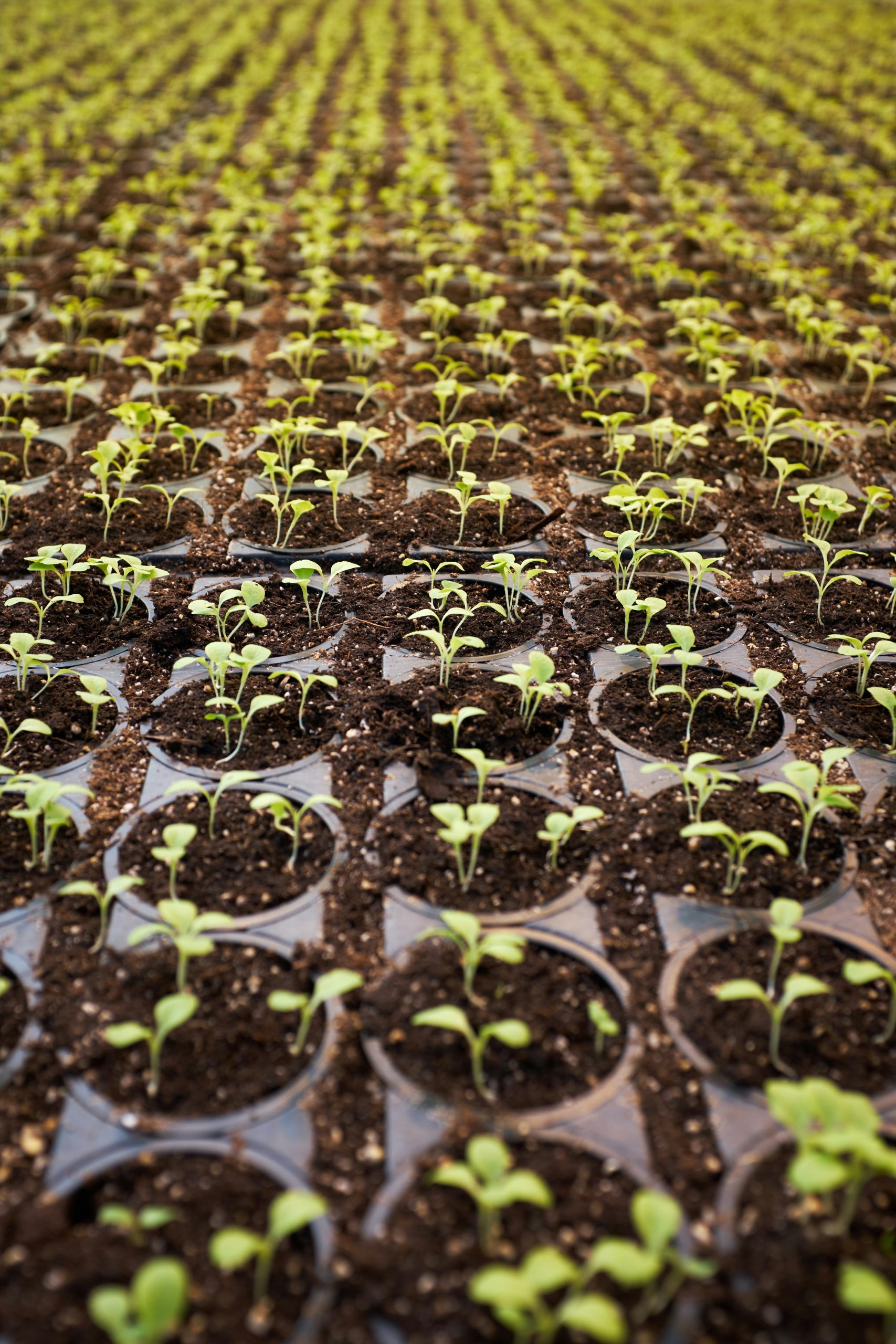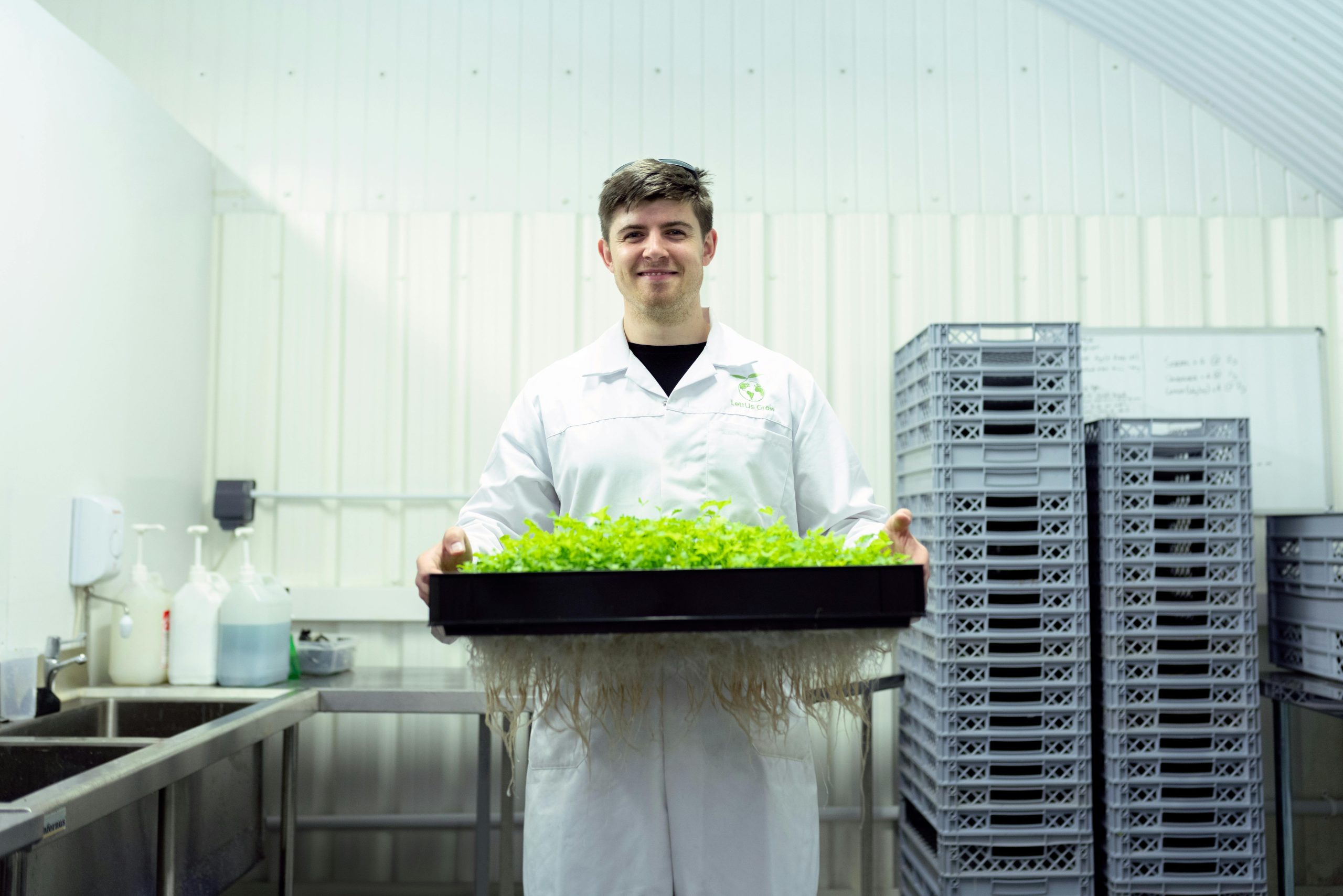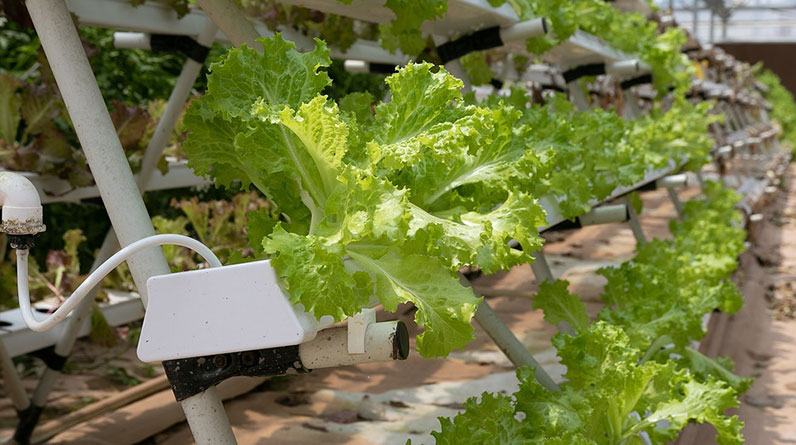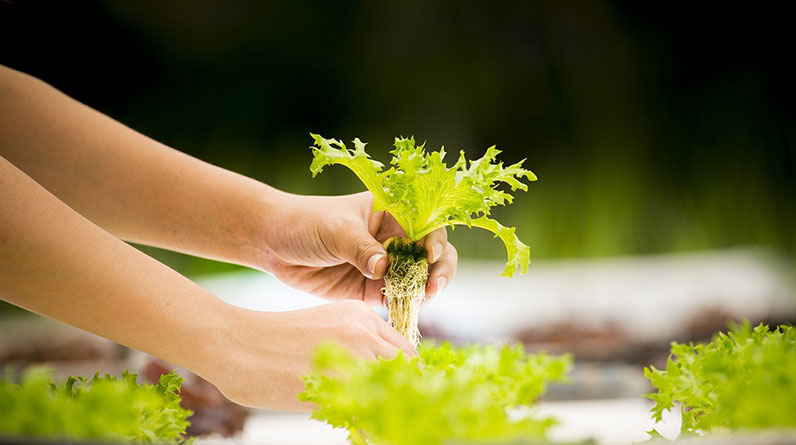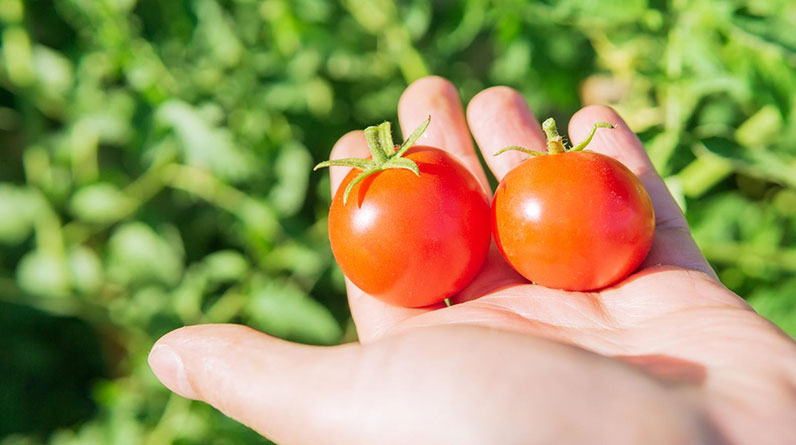
Innovative Farming Techniques
Understanding Precision Agriculture
Let me tell you, precision agriculture is where the magic starts. It’s all about using technology to identify and manage variability in fields effectively. This means using GPS, sensors, and data analytics to get a clearer picture of what’s going on in a farm. Think about it: you wouldn’t go into battle without knowing the terrain, right? That’s the concept here.
By adopting precision agriculture techniques, farmers can optimize their resources, use less water, and minimize chemical inputs. It’s a win-win! I once visited a farm using drones to survey their crops, and honestly, it was amazing to see how they could pinpoint exactly where to fertilize and irrigate.
Moreover, technology can track crop health in real time. You can catch potential problems before they escalate. From my experience, this proactive approach leads to healthier crops and higher yields, which is what every farmer aims for.
Vertical Farming and Hydroponics
Vertical farming has captured my attention because it’s seriously revolutionary. Imagine growing food in stacked layers – indoors! This not only saves space but can dramatically reduce the carbon footprint of transporting food long distances. Trust me, walking through a vertical farm feels futuristic.
On top of that, hydroponics allows plants to grow in nutrient-rich water solutions rather than soil. I remember the first time I tried hydroponically grown strawberries—they were so sweet and juicy. This technique can produce crops much faster compared to traditional methods.
Plus, vertical and hydroponic farms are great for urban areas, where traditional farming isn’t feasible. It’s exciting to think about the impact this could have on food security in cities. With a little bit of creativity and investment, we could change the way we think about agriculture forever.
Composting and Soil Health
Let’s dive into composting, a favorite topic of mine! It’s fascinating how composting transforms kitchen waste into something that enriches soil. Good soil is the backbone of healthy plants, and composting not only improves soil structure but also promotes biodiversity.
I often tell friends that composting isn’t just for farmers. Even city dwellers can create their own compost piles and contribute to healthier urban soil. This can drastically cut down waste going to landfills while giving back to the earth.
Healthy soil also means reduced dependence on chemical fertilizers, which is a major goal for sustainable agriculture. I’ve seen first-hand how partnerships between farmers and composting programs lead to incredible results in crop yield and environmental health.
Integrated Pest Management
Biodiversity and Natural Predators
Have you ever heard of using ladybugs in the garden? That’s what integrated pest management (IPM) is all about – leveraging natural predators to control pest populations. It’s such an engaging way to think about pest control, and it’s sustainable!
By encouraging biodiversity, we can create a balance in the ecosystem. This approach not only reduces the need for harmful pesticides but also helps in keeping our food chain healthy. I remember learning how farmers could actually encourage certain birds to keep pests at bay – it’s all about harmony!
Empowering farmers to use natural solutions over chemicals leads to safer food for consumers. It’s a simple yet impactful approach that many are starting to embrace. Trust me, a little ladybug can work wonders!
Monitoring and Technology Integration
Continual monitoring is crucial for successful IPM. I’ve seen farms equip their fields with sensors that send alerts when pest thresholds are reached. This real-time data is like having a safety net, allowing farmers to make informed decisions quickly.
Furthermore, leveraging technology helps farmers stay ahead of pest problems. The more they know, the more efficiently they can manage crops without resorting to harmful methods. This proactive monitoring cuts down on unnecessary chemical applications, which is fantastic for everyone!
The next generation of farming is all about smart farming. By combining human intuition with tech, we can truly create sustainable solutions that not only benefit the farmers but also support our planet.
Community and Knowledge Sharing
One of the most rewarding aspects of sustainable agriculture is the sense of community it fosters. Farmers, researchers, and even enthusiasts get together to share knowledge and experiences. It’s like a big brainstorming session where everyone walks away with something valuable!
Through programs and workshops, farmers can learn from each other about IPM techniques that have worked well – you wouldn’t believe the innovation that stems from these gatherings. I’ve personally attended a few of them and left feeling inspired and ready to take on new challenges.
Creating networks among farmers also helps in building resilience against market fluctuations. When they pool resources and experiences, everyone benefits. It’s heartwarming to see that collaborative spirit in action!
Sustainable Water Management
Rainwater Harvesting
Water management is crucial in agriculture, especially with changing climates. That’s where rainwater harvesting comes into play. By collecting rainwater, farmers can reduce their dependency on traditional irrigation sources. I’ve visited farms that have created impressive rainwater collection systems, and it’s a game-changer.
Implementing rain barrels or more extensive cisterns can lead to significant savings on water bills while promoting sustainable practices. This strategy not only conserves water but also supports crop health during dry periods, which we need to prepare for these days.
Plus, it’s an easy step for anyone to take, even on a smaller scale. Our communities could work together to create efficient water management systems that help mitigate the effects of drought—a crucial need in today’s world!
Efficient Irrigation Techniques
Moving on to irrigation, this area has seen some amazing advancements. Techniques like drip irrigation are designed to maximize efficiency by delivering water directly to plant roots. I was blown away the first time I saw this in action; it’s just so logical!
Not only does this technique conserve water, but it also reduces weed growth and keeps moisture levels consistent. Honestly, for farmers looking to up their game, investing in efficient irrigation can tremendously ease their workload.
The results speak for themselves, as many farmers report improved crop yields and quality. When water isn’t being wasted, there’s a greater return on investment, making it a smart business choice as well.
Water Recycling and Greywater Use
Lastly, let’s chat about greywater reuse. As a sustainable practice, repurposing water from sinks, showers, or even washing machines can significantly ease the pressure on fresh water sources in farms. I think it’s innovative and a great way to cut costs!
Many farmers are now installing systems specifically designed to filter and redirect this water to their crops. It’s amazing how such systems not only conserve water but also encourage responsible water use across the board.
Encouraging this practice at home can also set an example for sustainable living. Every drop counts, and little changes can create a ripple effect that breeds sustainability in our communities.
Conclusion
All in all, I’ve seen firsthand how these cutting-edge solutions in sustainable agriculture can change the way we farm and eat. It’s all about balance, innovation, and community spirit. I genuinely believe that by embracing these practices, we can work towards a healthier planet and a secure future for our food systems.
FAQ
What is precision agriculture?
Precision agriculture involves using technology, like GPS and sensors, to optimize field-level management regarding crop farming. This allows farmers to be more efficient with resources and better manage variability in the field.
How does vertical farming work?
Vertical farming is an innovative method of growing crops in stacked layers, often indoors, using controlled environmental conditions. This technique saves space and can significantly reduce the carbon footprint associated with traditional farming.
What is integrated pest management (IPM)?
IPM is an approach that uses a combination of natural pest control methods, monitoring, and minimal use of chemicals to manage pest populations sustainably. It emphasizes the use of biodiversity and natural predators.
Why is water management important in agriculture?
Effective water management is crucial to conserve resources, optimize crop yields, and adapt to changing climate conditions. Practices like rainwater harvesting and efficient irrigation techniques help maintain sustainable water usage.
How can community involvement promote sustainable agriculture?
Community involvement fosters collaboration among farmers, researchers, and enthusiasts to share knowledge and resources. This network can promote innovative practices, enhancing resilience and sustainability in agricultural systems.




